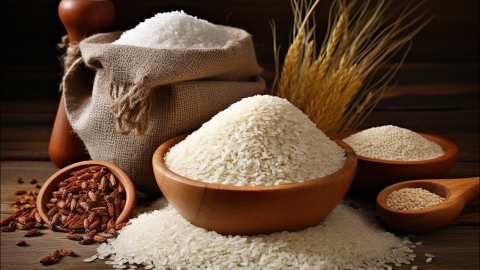Can rice with small black insects still be eaten?
Under normal circumstances, rice infested with small black insects is not recommended for consumption. The detailed analysis is as follows:

After rice becomes infested with small black insects, the insects themselves and their metabolic byproducts can contaminate the rice, affecting food safety. Rice weevils lay eggs, hatch, and grow inside rice grains, feeding on the rice and damaging its nutritional structure, leading to a decline in rice quality. At the same time, bacteria and fungi carried by the insects may contaminate the rice. Some insect metabolic byproducts may also cause gastrointestinal discomfort, such as nausea, abdominal pain, and diarrhea after consumption, with more pronounced reactions in individuals with sensitive digestive systems. Additionally, infested rice often experiences increased humidity, promoting mold growth. The toxins produced by mold pose even greater risks to health and are difficult to completely remove through regular washing.
When storing rice, it is important to keep it in a cool, dry, and well-ventilated environment. Natural insect-repellent items such as garlic or Sichuan pepper can be placed inside the rice container. When purchasing rice, choose appropriate quantities based on household consumption to avoid long-term storage. If only a small number of insects are found and there is no mold or unusual odor, the rice can be spread out in sunlight to drive away the insects, after which the insects should be discarded. However, consumption is still not recommended. If there is a large number of insects or mold is present, the entire bag of rice should be discarded immediately to ensure food safety.






